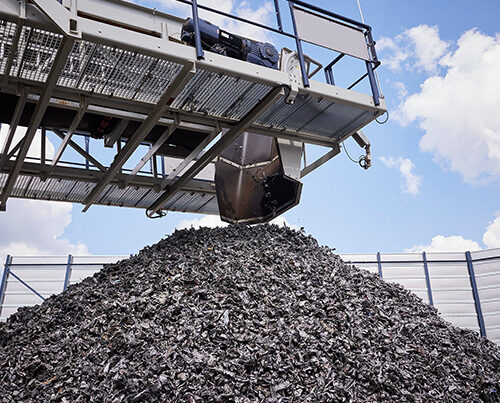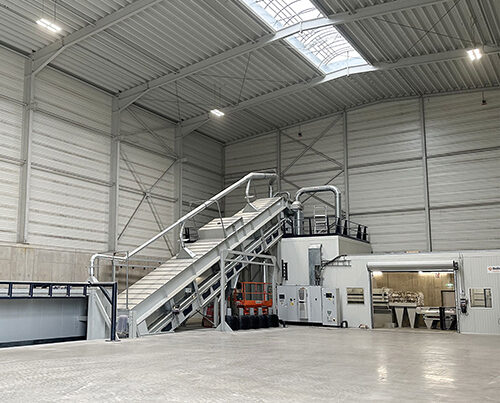Keeping an eye on the latest trends & developments
The “2020 Status Report on the German Circular Economy”, which was published recently by Prognos and the INFA Institute, is probably the most comprehensive account of the trends, developments, stakeholders and infrastructure of the circular economy in Germany currently available. The report clearly shows how the circular economy continues to be a dynamically growing industry with a strong future.
An overview of the development of the economic indicators in the circular economy

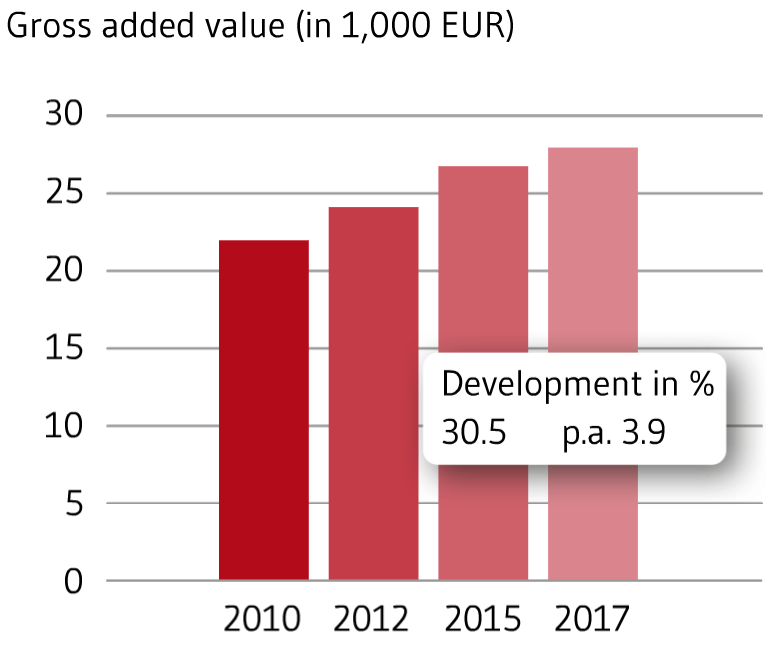
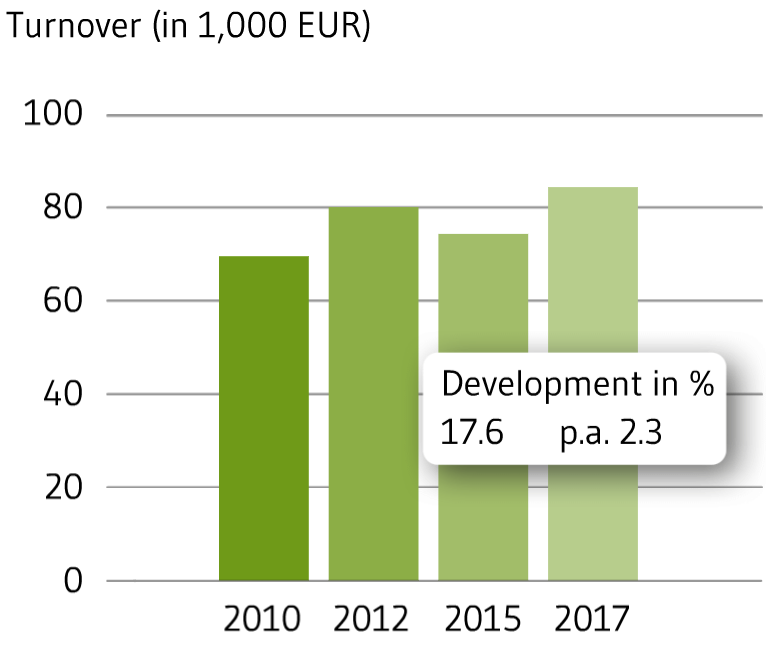
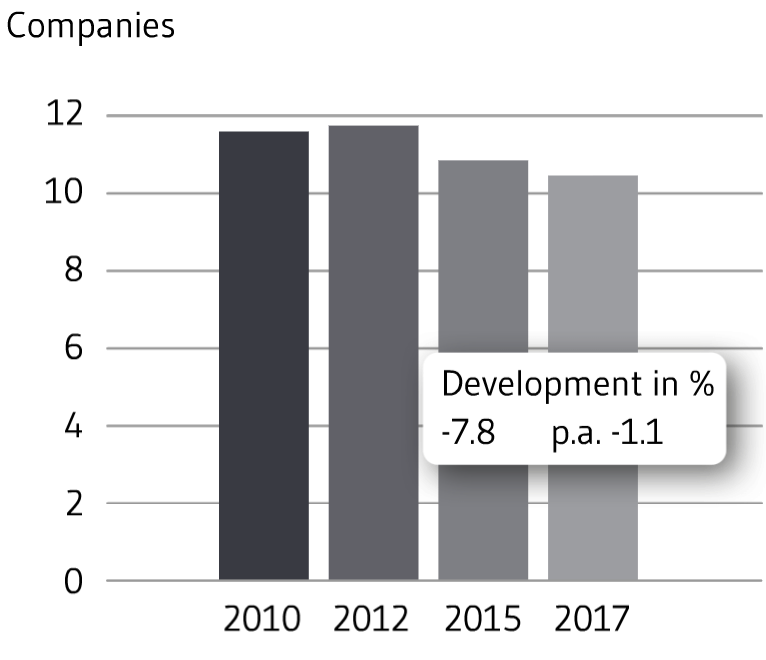
The circular economy: one of the heavyweights
The continuously growing demands on recycling, the increasing standards regarding the production of secondary raw materials and the technical innovations resulting from this have all led to a positive development over the last few years: the sector had a turnover of around 84.1 billion euros in 2017 (+18% compared to 2010) and employed over 310,000 people in 2019 (+12% compared to 2010). Today, the German circular economy employs almost the same number of people as the energy industry. With a gross added value of around 28.1 billion euros in 2017 (+31% compared to 2010), the sector is one of the heavyweights.

The turnover generated 84.1 billion euros by the sector in 2017 (+18% compared to 2010)
More than simply managing and collecting waste
The circular economy comprises far more than simply managing and collecting waste; analyses in the status report reveal just how important upstream and downstream technologies and trade are for the circular economy as well. Of the approx. 10,700 companies working in this industry, ca. 6,100 firms focus on refuse collection and transport, street cleaning and waste treatment and recycling. Just under 1,300 companies concentrate on waste management technology and a further 3,300 businesses trade in old materials. On average, each employee in the circular economy generated a turnover of €285,000 and a gross added value of €95,000 in 2017.

Over 310,000 people employed by the sector in 2019 (+12% compared to 2010)
International influence
The international dimensions of the industry are particularly significant: for many years now, it has been an important player in the field of international trade – selling plant technology, machinery and secondary raw materials. For a while now, German legislation has been driving technological innovations, creating a solid base for today’s successful exports. The subsector “waste management technology” alone generated exports worth 5.1 billion euros in 2018.
Future activities
Over the coming years, the circular economy will play an ever more important role in areas that will be key for the future: resource conservation and climate action. It is inevitable, therefore, that the industry will continue to expand and its value increase. The supplies of natural resources available to us are limited – which is why it is essential that they are protected and conserved. Politicians are looking to dramatically reduce consumption of these materials and gradually decouple the use of primary raw materials from population growth and economic growth. Further increasing the volumes of secondary raw materials that are returned to production cycles will be key here. This objective is also reflected in the German government’s Raw Materials Strategy, which was published in December 2019.
The circular economy: a holistic industry
The circular economy takes recycling a step further: besides bringing about a change in consumption and usage habits and achieving sustainable production activities, it also focuses on making it easier to recover resources by having products with a smart design. The ambitious goals of the circular economy, however, cannot only be reached by reducing volumes of waste. High quality recycling is also a must. What’s more, measures must be undertaken to ensure that there is a growing demand for the increasing volumes of recyclates.
Helping to tackle climate change
The contribution that the circular economy is making to tackling climate change is already impressive: according to the national greenhouse gas inventory, the emissions generated by the waste management sector have fallen by 75% since 1990, from 38 million tonnes of CO2 to just under 10 million tonnes of CO2 in 2018. A further 50 million tonnes of CO2 are avoided every year thanks to recycling and the use of secondary raw materials. More recycling in the future would further grow the industry’s efforts to curb climate change. And the circular economy has a number of other cards up its sleeve: increasing energy efficiency, substituting primary fuels, generating electricity, district heat and process heat in waste to energy plants are just a few examples of how the sector will continue to cut greenhouse gas emissions.
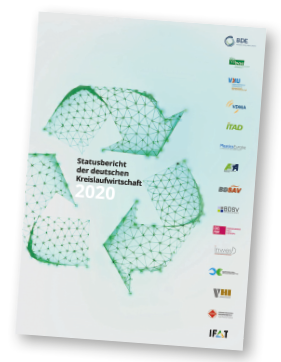
Download the 2020 Status Report on the German Circular Economy here
Image credits: image 1: Adobe Stock: 192799904, creator: pickup; image 2: © REMONDIS







